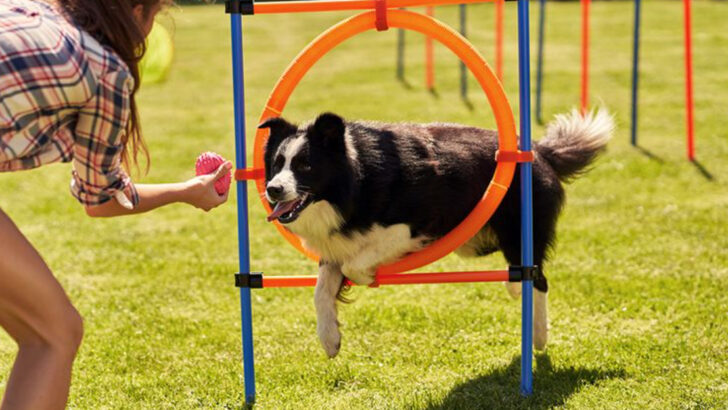We love our dogs—but wow, we sure know how to mess them up.
In 2025, with all the books, apps, trainers, and TikTok advice out there, you’d think we’d have this dog training thing down. But nope. People are still making the same mistakes that drive dogs (and their owners) totally bonkers.
The wrong tone, the wrong timing, the wrong kind of praise—it all adds up. And what starts as a “cute quirk” can turn into full-on chaos if left unchecked.
The good news?
You’re not alone.
And most of these habits are totally fixable.
So if your pup’s ignoring commands, jumping on guests, or pretending they’ve never heard the word “sit,” this list is for you. Let’s break down the 16 dog training mistakes that are still haunting households in 2025—and how to turn them around before your dog starts training you.
Lack of Consistency
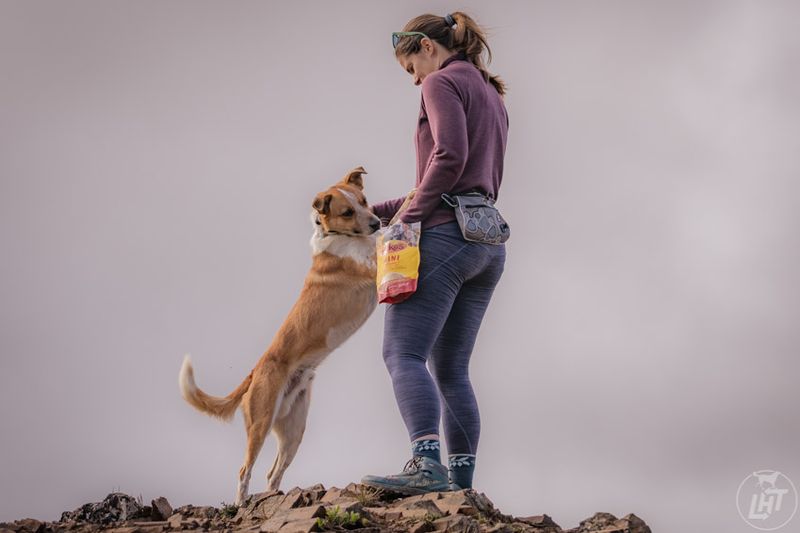
Consistency is key when training a dog. However, many owners still fail to maintain a steady routine, leaving their pets confused. Imagine telling a child it’s okay to play in the living room today, but not tomorrow.
The same confusion arises in dogs when rules keep changing. By sticking to a consistent schedule and set of commands, your dog can learn faster and with less stress.
Make sure every family member understands and follows the same guidelines to avoid mixed signals. This way, your furry friend will know exactly what is expected of them every day.
Ignoring Positive Reinforcement

Positive reinforcement can work wonders in dog training, yet many owners overlook it. Think about how delightful it feels to be praised for a job well done; dogs thrive on this too.
When they obey a command or perform a trick, a treat or loving pat can make all the difference. Ignoring these moments of success might lead to confusion and lack of motivation.
Consistently rewarding good behavior will strengthen the bond between you and your pet, encouraging them to repeat positive actions. Every wag of the tail is a step closer to success, so celebrate it!
Overlooking Socialization
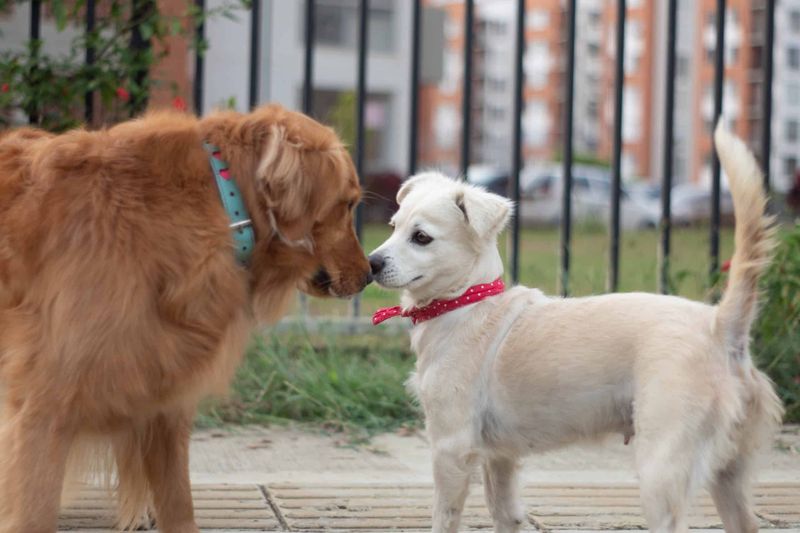
Socialization is crucial for a dog’s mental health, yet some owners neglect it, leading to anxiety and aggression. Imagine a child who never interacts with other kids—it’s similar for dogs.
Without exposure to different environments, people, and animals, dogs can become fearful or overly aggressive. Integrating socialization early helps build confidence and reduces behavioral issues.
Enroll your dog in playgroups or take them to various public places. Let them sniff around and meet other dogs in controlled situations. This exposure will create a well-rounded and happy pet.
Inconsistent Command Words

Using different words for the same command can bewilder your dog. Picture trying to learn a new language where the words keep changing! It’s vital to stick to one word for each command and ensure everyone in the household uses the same vocabulary.
This practice will solidify learning and improve response times. Choose simple, clear words and practice them regularly. Your dog will soon respond promptly, knowing exactly what you want.
Clear communication fosters a better understanding and strengthens your bond with your furry friend.
Skipping Basic Training
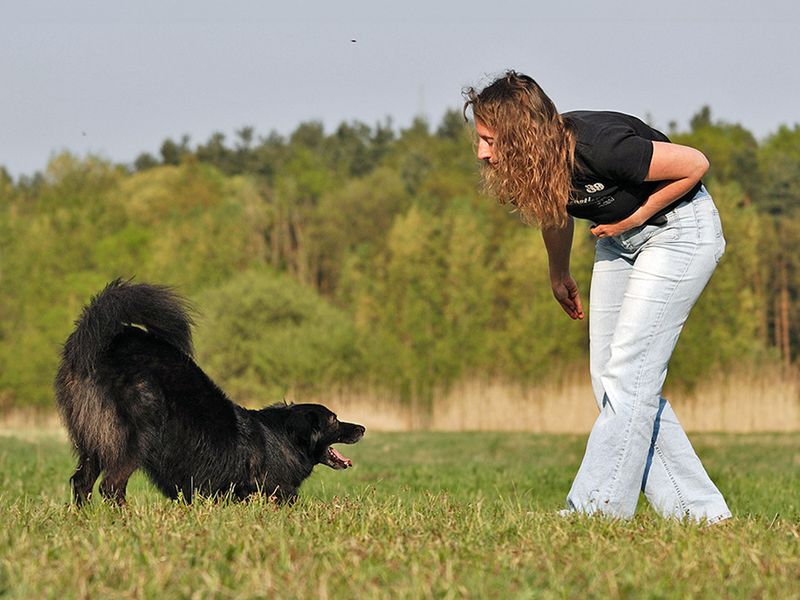
Basic training is the foundation of a well-behaved dog, yet some owners skip it. Imagine building a house without a solid foundation—it simply won’t stand.
Teaching commands like “sit,” “stay,” and “come” instills discipline and safety. Without these basics, dogs might run into dangerous situations or cause chaos at home. Start training early, keeping sessions short and fun.
Use treats and praise to motivate your pup, and always be patient. A well-trained dog not only behaves better but also enjoys a more fulfilling life with its family.
Punishment Instead of Correction

Using punishment over correction can harm your dog’s trust and confidence. Imagine being yelled at without understanding why; it’s frustrating and demoralizing. Dogs thrive on love and clear guidance, not fear.
Instead of punishing mistakes, redirect your dog’s attention to the desired behavior. Use gentle corrections and rewards to guide them to the right choices.
This approach will nurture a trusting relationship and encourage more positive behavior in the future. Love, not fear, is the most effective teacher.
Neglecting Mental Stimulation
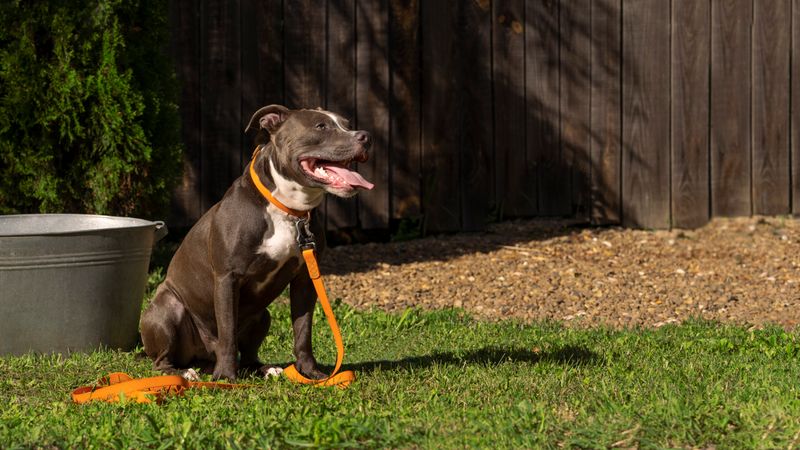
Dogs need mental stimulation just as much as physical exercise, yet many owners neglect this aspect. Consider a musician without music—the boredom would be unbearable.
Without mental challenges, dogs can become restless and destructive. Incorporate puzzle toys, training games, and varied activities into your dog’s routine to keep them engaged.
Regular mental stimulation enhances problem-solving skills and provides a sense of achievement. Your pet will be happier and healthier, making them a delightful companion.
Too Much Freedom Too Soon

Granting too much freedom too early can lead to behavioral problems. It’s like giving a teenager the car keys without teaching them how to drive. Dogs, especially puppies, need clear boundaries and supervision to learn right from wrong.
Gradually increase their freedom as they prove themselves trustworthy. Start with restricted areas and extend their space as they learn the rules.
Patience and consistency are key to nurturing well-behaved pets. Your home will be peaceful, and your dog will appreciate the structure.
Improper Crate Training

Crate training, when done incorrectly, can cause unnecessary stress for dogs. Imagine being confined in a tiny, uncomfortable space without understanding why. It’s vital to introduce the crate as a positive, safe haven, not a prison.
Start by allowing short periods of crate time with treats and toys, gradually increasing the duration as your dog becomes comfortable. The crate should never be used for punishment.
When done right, crate training provides security and a personal space for your pet, making travel and home life more manageable.
Failing to Address Fear-Based Behavior
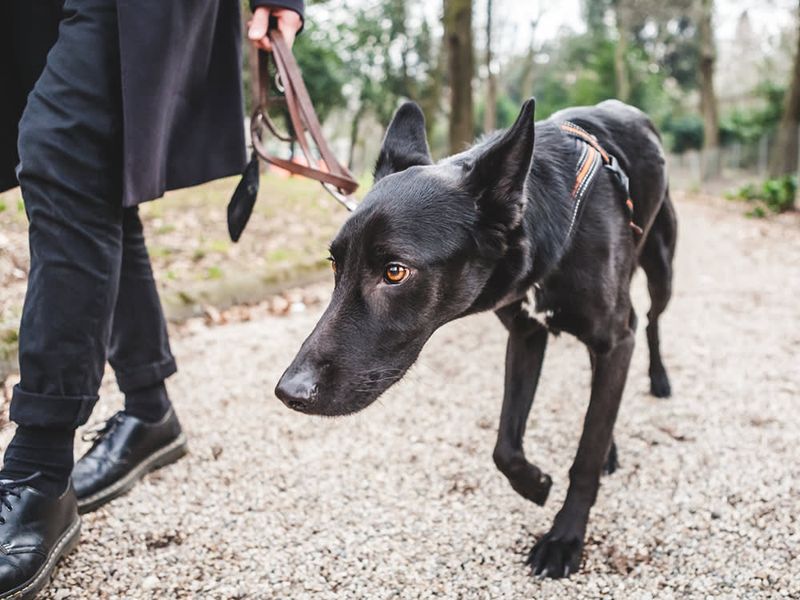
Fear-based behavior requires understanding and patience, yet many owners overlook it. Imagine facing a monster no one else can see—it’s terrifying. Dogs exhibiting fear can become aggressive or withdrawn if not properly addressed.
Identify triggers and work gently to desensitize your pet, using positive reinforcement and patience. A behavioral specialist may provide additional help.
Understanding and addressing fears builds trust and confidence, helping your dog navigate the world without anxiety. Your compassion can transform fear into courage.
Forgetting to Adapt Training Methods
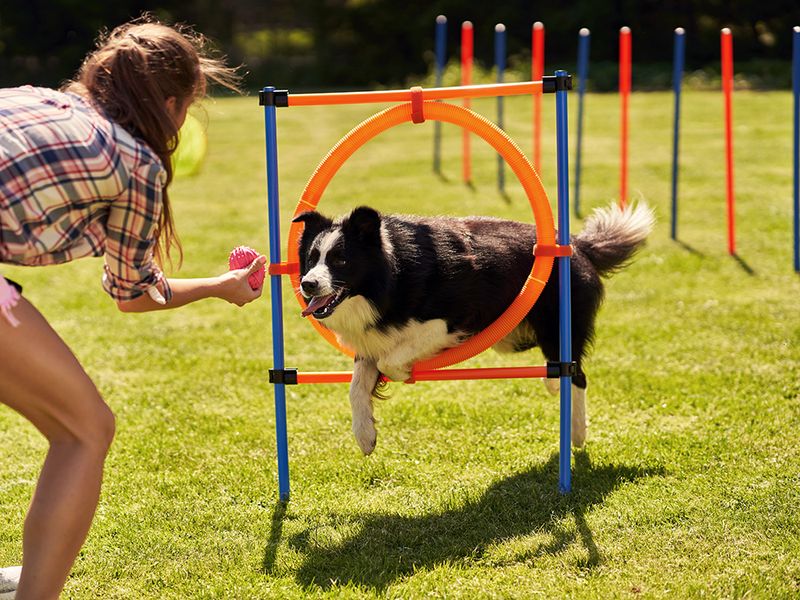
Training methods should evolve with time, yet some owners stick to outdated techniques. Picture using a typewriter in a digital age—it just doesn’t work. Dogs have unique personalities and learning styles that require flexible approaches.
Stay informed about new training methods and adapt as needed to suit your dog’s needs. Consult professionals or attend workshops to enhance your skills.
An open mind can lead to breakthroughs, ensuring your dog thrives in its learning environment. Embrace change, and watch your pet flourish.
Overuse of Treats

Treats are excellent motivators, but overusing them can lead to health issues. Imagine eating nothing but candy; the consequences wouldn’t be pretty. Balancing rewards with a nutritious diet is essential.
Use treats sparingly and focus on verbal praise and affection as primary rewards. Monitor your pet’s weight and adjust treat usage accordingly. A healthy, happy dog is more energetic and responsive to training.
By maintaining a balanced approach, you’ll keep your furry friend in top shape and eager to learn.
Ignoring Body Language

A dog’s body language speaks volumes, yet many owners miss these vital cues. Imagine trying to communicate without words—body language becomes your voice.
Understanding these signals helps you respond effectively to your dog’s needs. Learn to recognize signs of stress, excitement, or discomfort, and adjust your actions accordingly.
This awareness fosters a deeper connection and prevents misunderstandings. Your dog will feel seen and understood, enriching your relationship with them.
Not Seeking Professional Help
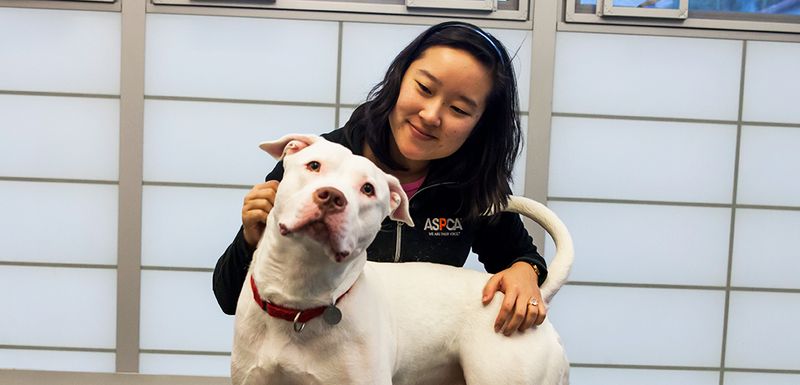
Sometimes, professional guidance is necessary, yet some owners hesitate to seek help. Imagine trying to fix a car without a mechanic—it’s overwhelming. Professional trainers can offer tailored advice and insights unavailable elsewhere.
Whether dealing with stubborn behaviors or advanced training needs, an expert can make all the difference. Don’t hesitate to reach out for support when needed.
Embracing help ensures a well-behaved, happy pet and a more harmonious household.
Training without Patience
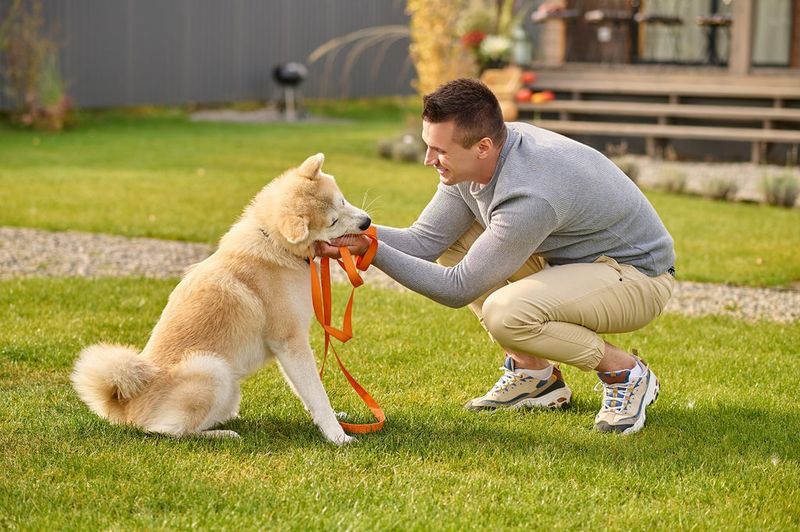
Patience is essential in dog training, yet some owners rush the process. Picture learning a new skill under constant pressure—it’s stressful and counterproductive.
Dogs need time to absorb and understand commands. Approach training with a calm, patient mindset. Celebrate small victories and progress, no matter how minor. Patience fosters a positive learning environment, allowing your dog to grow and learn at their pace.
A patient approach leads to lasting success and a joyful, cooperative pet.
Overcomplicating Commands
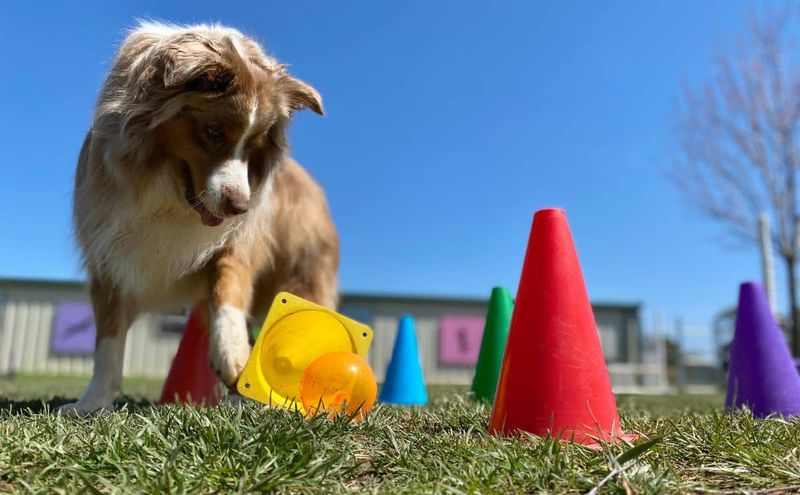
Simple commands are most effective, yet some owners overcomplicate them, leading to confusion. Imagine trying to follow a recipe with unnecessarily complex instructions.
Dogs respond best to clear, concise commands. Avoid long phrases or complicated instructions; stick to one- or two-word commands. Consistent, simple language makes learning easier and strengthens your dog’s response.
By simplifying communication, you’ll enjoy a smoother training experience and a well-behaved pet.

